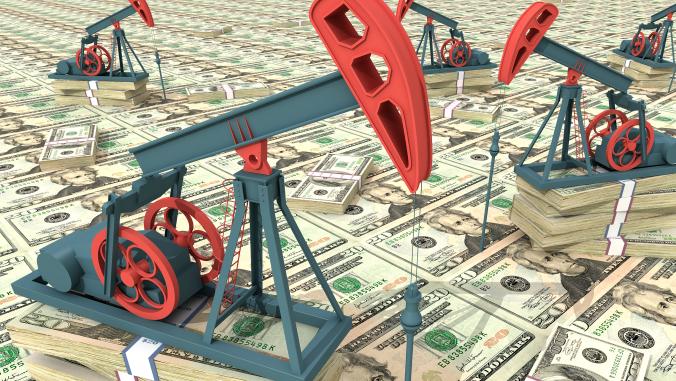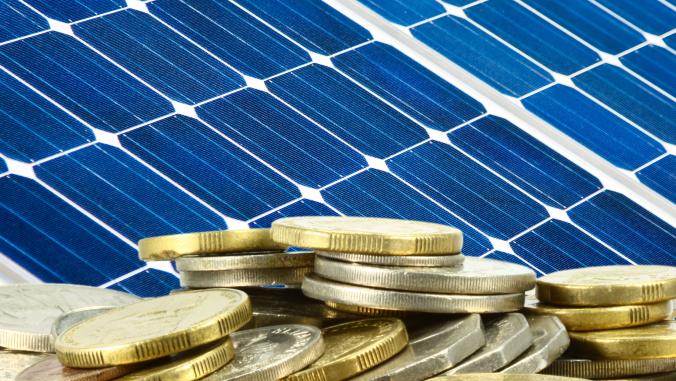Plan Seeks 100 Pct Renewable Energy in Australia in Ten Years
<p>A report from Beyond Zero Emissions asserts that Australia's energy needs can be fully met by renewable sources within 10 years with technologies that are already available.</p>

The tipping point for climate change, after which many of its most destructive effects will become irreversible, strongly suggests that atmospheric CO2 must be reduced from its current level of 390 ppm to "well below 350 ppm‚ significantly closer to pre-industrial concentrations of 285 ppm," according to a recent report by Beyond Zero Emissions, an Australian nonprofit organization.
To achieve such reductions, however, it will be necessary for the US to reduce its greenhouse gas (GHG) emissions to zero within ten years. Because "Australia has about the same per-capita emissions as the USA," according to the report, it too would have to pursue the same goal.
The report, entitled Zero Carbon Australia Stationary Energy Plan, "outlines a technically feasible and economically attractive way for Australia to transition to 100 percent renewable energy within ten years." The plan specifies that the 100 percent renewable grid be "based on proven technologies that are already commercially available and that have already been demonstrated in large industries."
In addition to assuming a significant reduction in energy consumption by means of implementing efficiency measures, the plan asserts that 98 percent of Australia's energy needs can be met by wind generation and large-scale Concentrating Solar Thermal with molten salt storage. According to the plan, wind turbines will meet 40 percent of demand, and solar will provide the remaining 60 percent.
In addition to reducing Australia's GHG emissions to zero, the plan will create up to 80,000 jobs from renewable energy installations, and an additional 45,000 jobs in operations and maintenance. According to the report, the transition to renewable energy will create many more jobs "than are lost with the phasing out of coal and gas from the stationary energy supply chain."
The total cost of implementing the plan would be $370 billion, or three percent of Australia's Gross Domestic Product (GDP). The plan is characterized by higher upfront investment, but lower ongoing costs than continuing reliance on the stationary energy sector.
The plan does not specify funding mechanisms; however, a letter [PDF] published last December by the United Nations' Principles for Responsible Investment (PRI) addressed "the important role that capital markets, institutional investors and private finance, will play if the global community is to deliver the needed transformation to a low–carbon and resource-efficient global economy."
This article originally appeared on SocialFunds.com, and is reprinted with permission.





